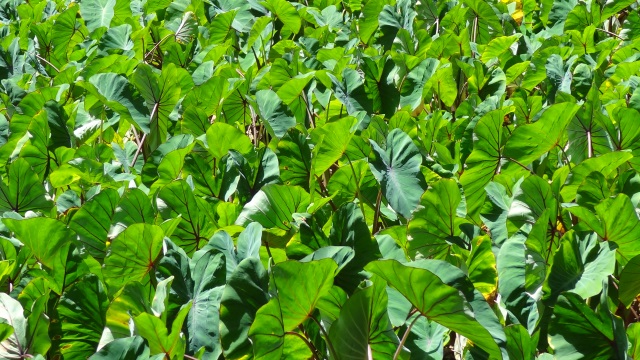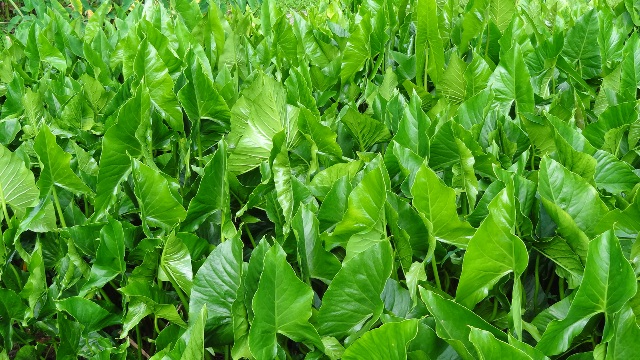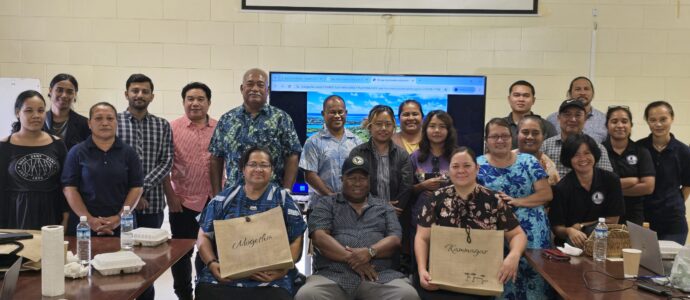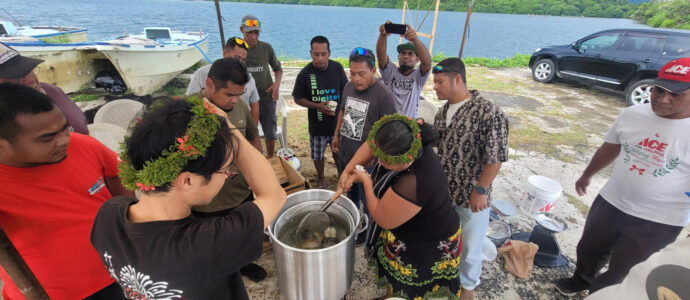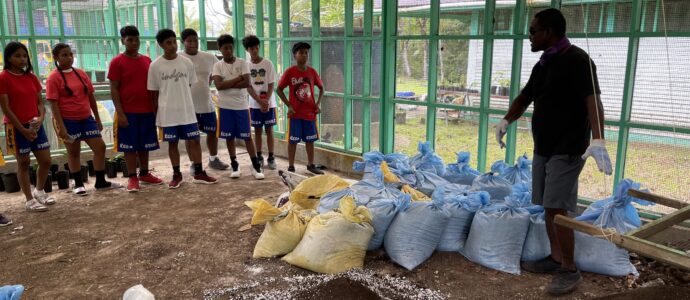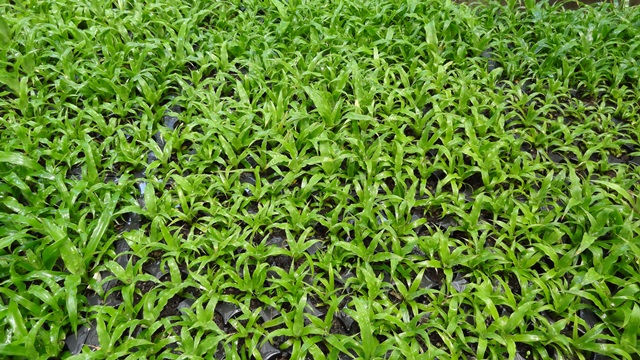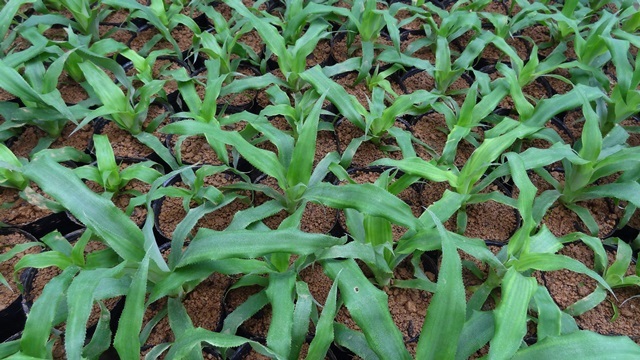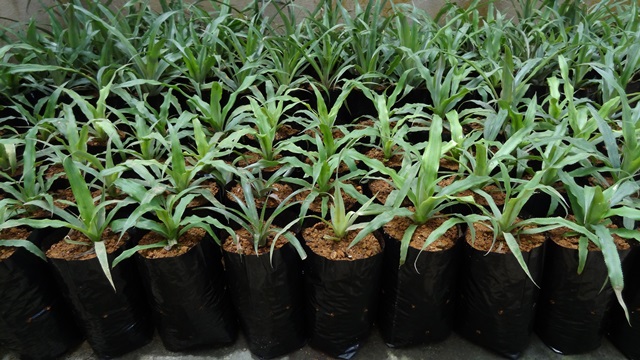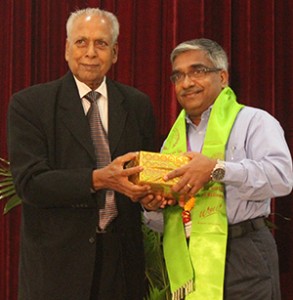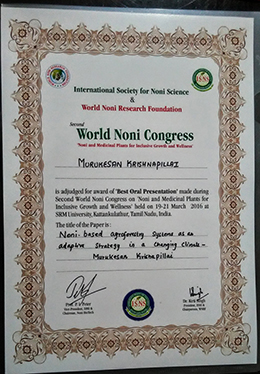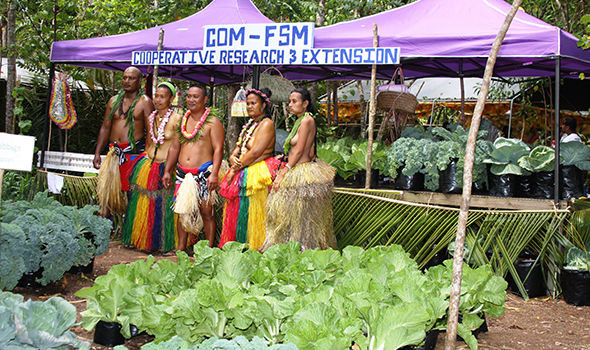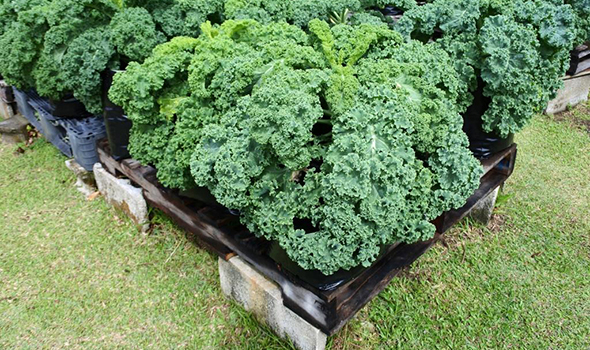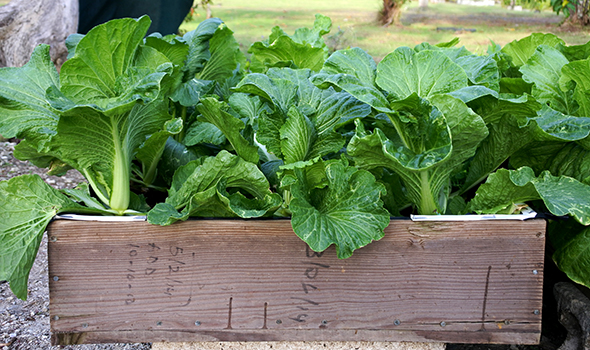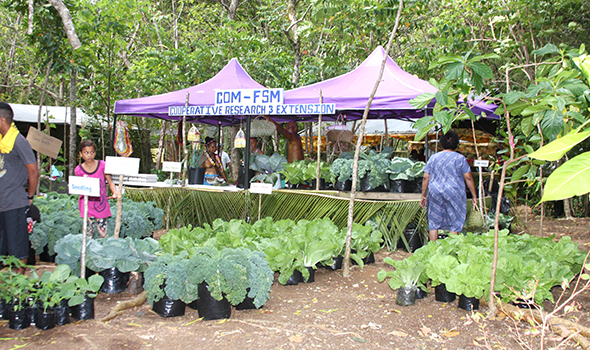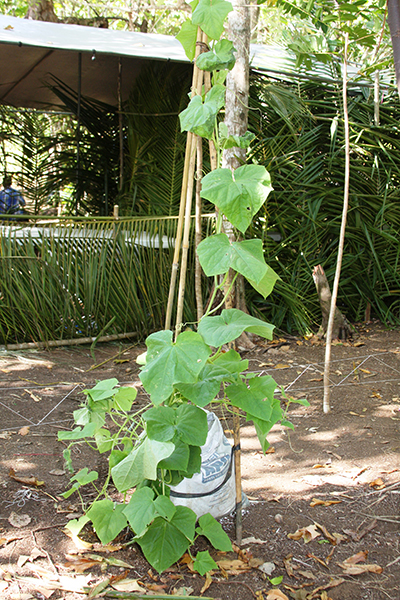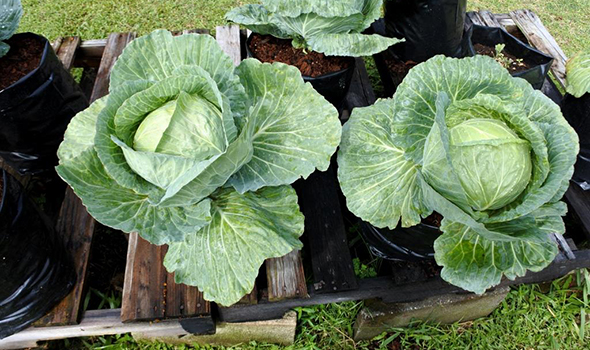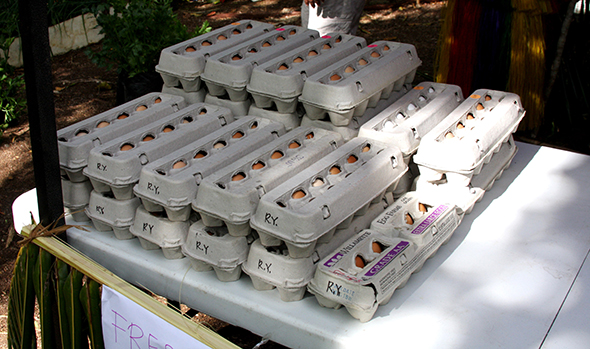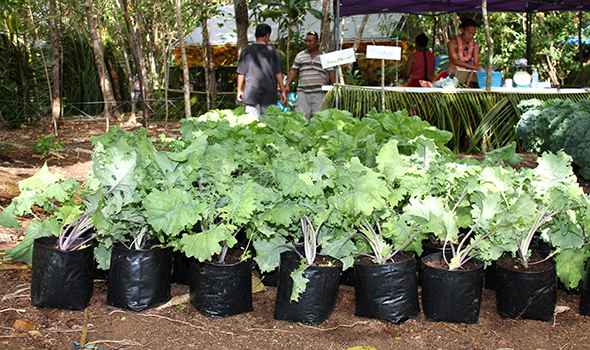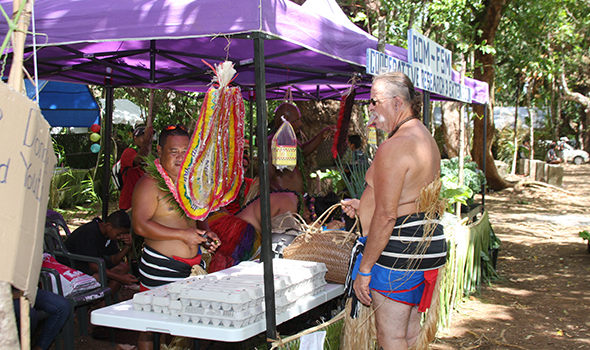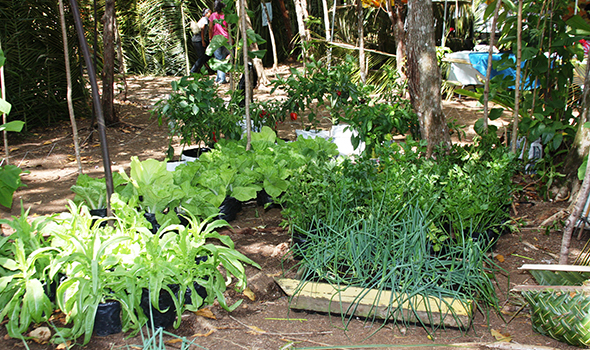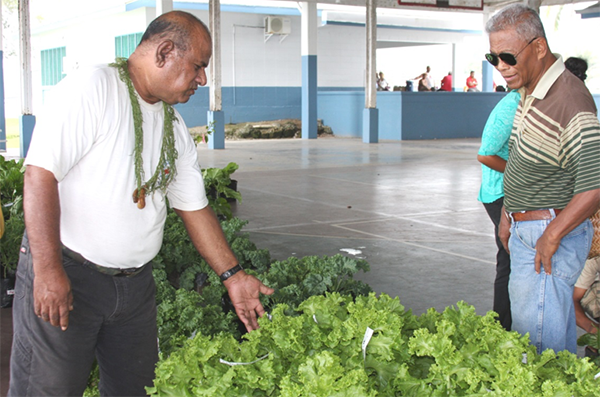KOSRAE, FSM. Dr. Virendra M. Verma, Researcher and Extension Specialist, Kosrae Agricultural Experiment Station.
Salinity and drought still remain the major abiotic stresses that limit as well as pose a threat to agricultural production in many parts of the world including Micronesia. The research project entitled, “In Vitro Selection for Salt Tolerance in Taro,” focused on developing salt tolerant varieties of giant swamp taro (Cyrtosperma merkusii (Hassk.) Schott), and soft taro (Colocasia esculenta (L.) Schott). Approved by the United States Department of Agriculture, National Institute of Food and Agriculture (USDA-NIFA), this project incorporated both plant biotechnology and breeding methods for the selection, assessment, and development of salt tolerant taro varieties. The project director of this project, Dr. Virendra M. Verma, shared that since taro is grown in lowland swamp areas across Micronesia, the crop is especially vulnerable to damage from saltwater. Considering the traditional and cultural importance given to giant swamp taro and soft taro as the most important staple food crops in the Micronesia region, the availability of salt tolerant taro varieties through this research project, is of great significance.
Giant swamp taro and soft taro, members of the family Araceae, are ancient crops that are grown throughout the humid tropics for their edible corms, leaves and petioles as well as for traditional uses. Nutritionally, taro is rich in fiber, calcium, potassium, iron, vitamin A, vitamin B1, vitamin B2, and vitamin C. The corms of taro are superior to potatoes in nutritional value, containing a higher proportion of proteins, calcium and phosphorus. The vitamin B content in taro corms is equivalent to that of cabbage and twice that of potato. Taro also contains greater amounts of vitamin B-complex than whole milk. In corms, the main bulk starch is present in very fine grains which make them easily digestible. The corms can be boiled, roasted, fried as chips or cooked in curries. The young leaves and petioles of soft taro are also used as food and cooked like any other green vegetable. The cooked leaves of soft taro have the same nutritional value of spinach.
Salinity, an abiotic stress that combines elements of water deficiency and sodium toxicity resulting in lost crop yield and arable land, is among the most serious and widespread of agricultural problems on the Micronesian islands. Giant swamp taro and soft taro are among the most important staple food crops in the region. Cultivated for local consumption as well as for export, these crops contribute significantly to the regional socio-economic growth and provide livelihood to almost all island people. Considered as the crucial staple crops for ensuring food, nutritional, and economic security, taros are placed on high agricultural priority in the region. However, the limitations in availability of salt-tolerant germplasm, and disease-free and elite seedlings, are a major bottleneck in taro production. Therefore, the efforts to develop salt-tolerant plants are of immense importance to increase crop productivity. In recent years, tissue culture based in vitro selection has emerged as a feasible and cost-effective tool for developing and/or screening salt tolerant germplasm.
The research study undertaken in Dr. Verma’s project involved assessment and development of salt tolerance in giant swamp taro and soft taro through in vitro, greenhouse, and field selection of tissue-culture raised plants. To establish aseptic cultures of collected taro germplasm, various in vitro experiments were performed. Different concentrations of sodium chloride were used for in vitro selection of salt tolerant germplasm. This in vitro selected germplasm was further evaluated for salt tolerance in the greenhouse, and was finally field evaluated at eight sites in four replications. In vitro selected germplasm of salt tolerant taros performed very well at coastal sites. Results based on various physiological and morphological parameters collected during this research are presented in international conferences, and a manuscript is under preparation to be published in peer-reviewed and reputed scientific journals.
The cultivation of the developed salt tolerant taro varieties in the Micronesian region through this research project would not only lead to the successful production of taro but would also contribute for the food and nutritional security of the region, and thereby, play a critical role in the preservation of traditional socio-cultural life of the Micronesian people.

